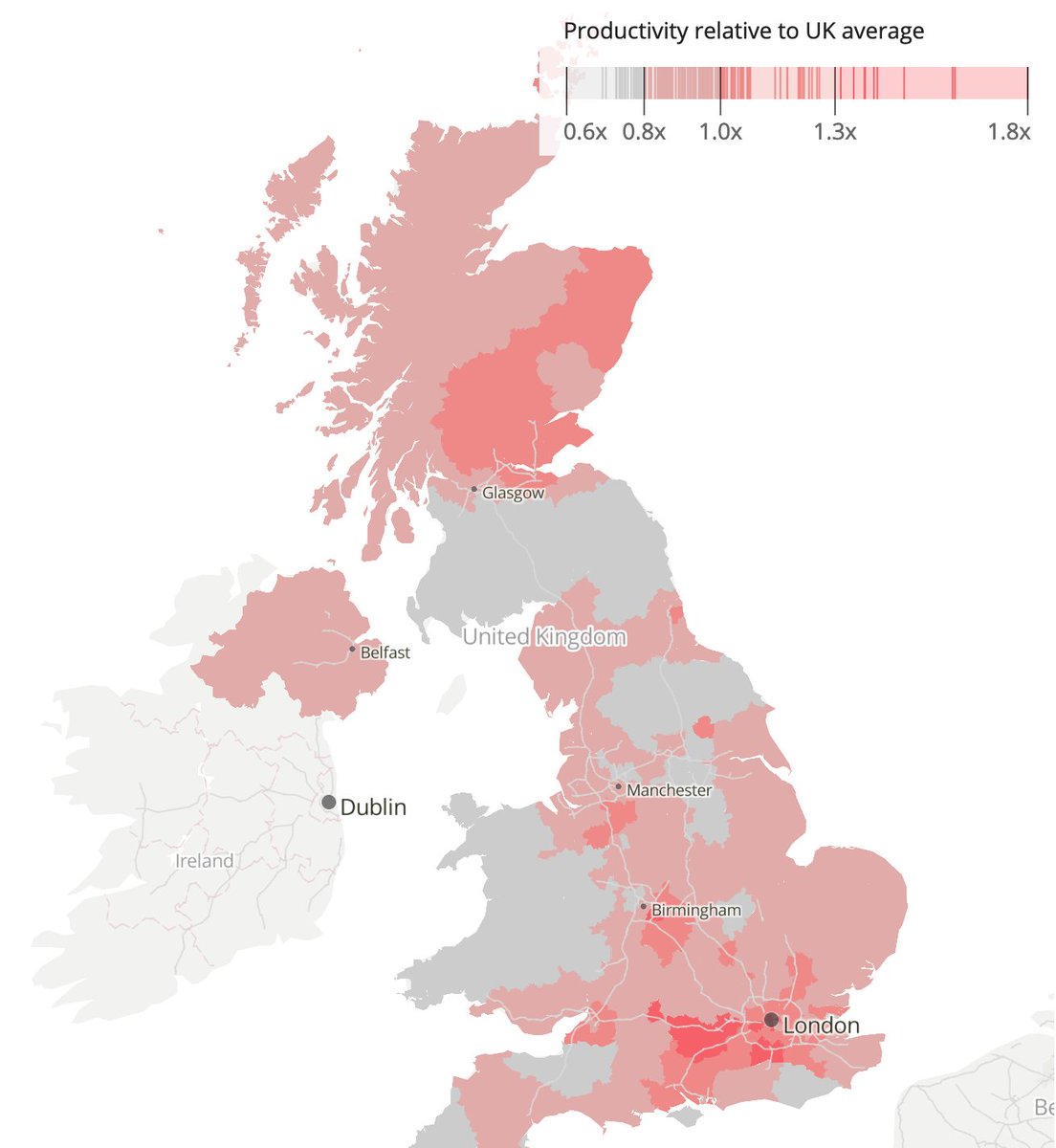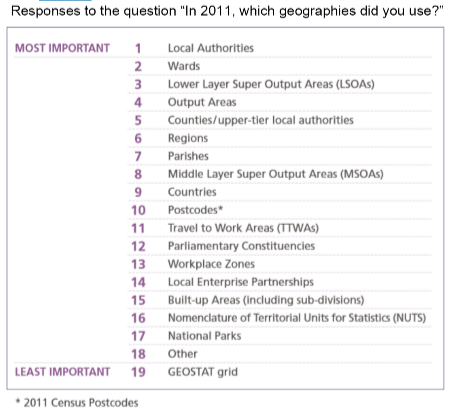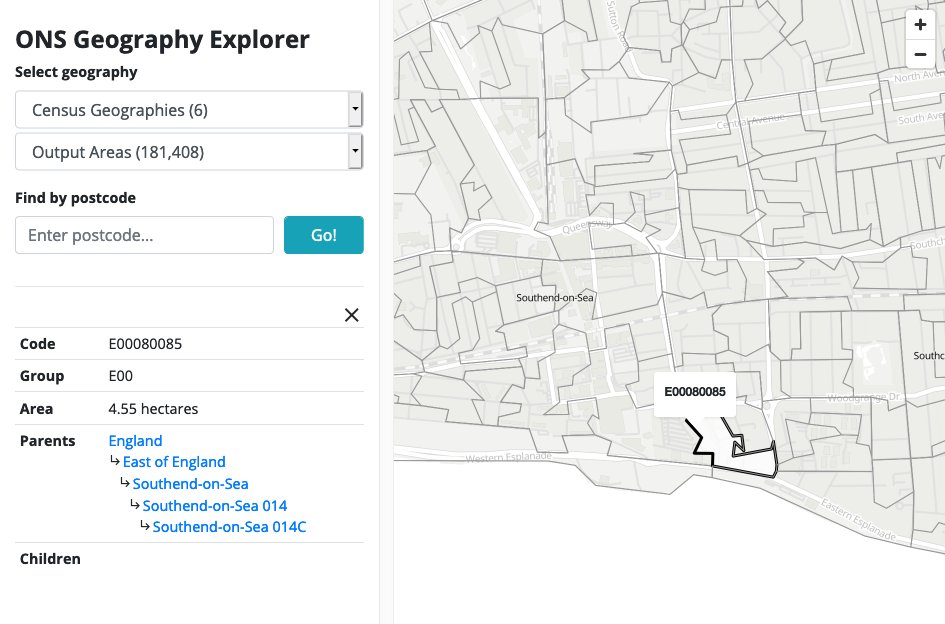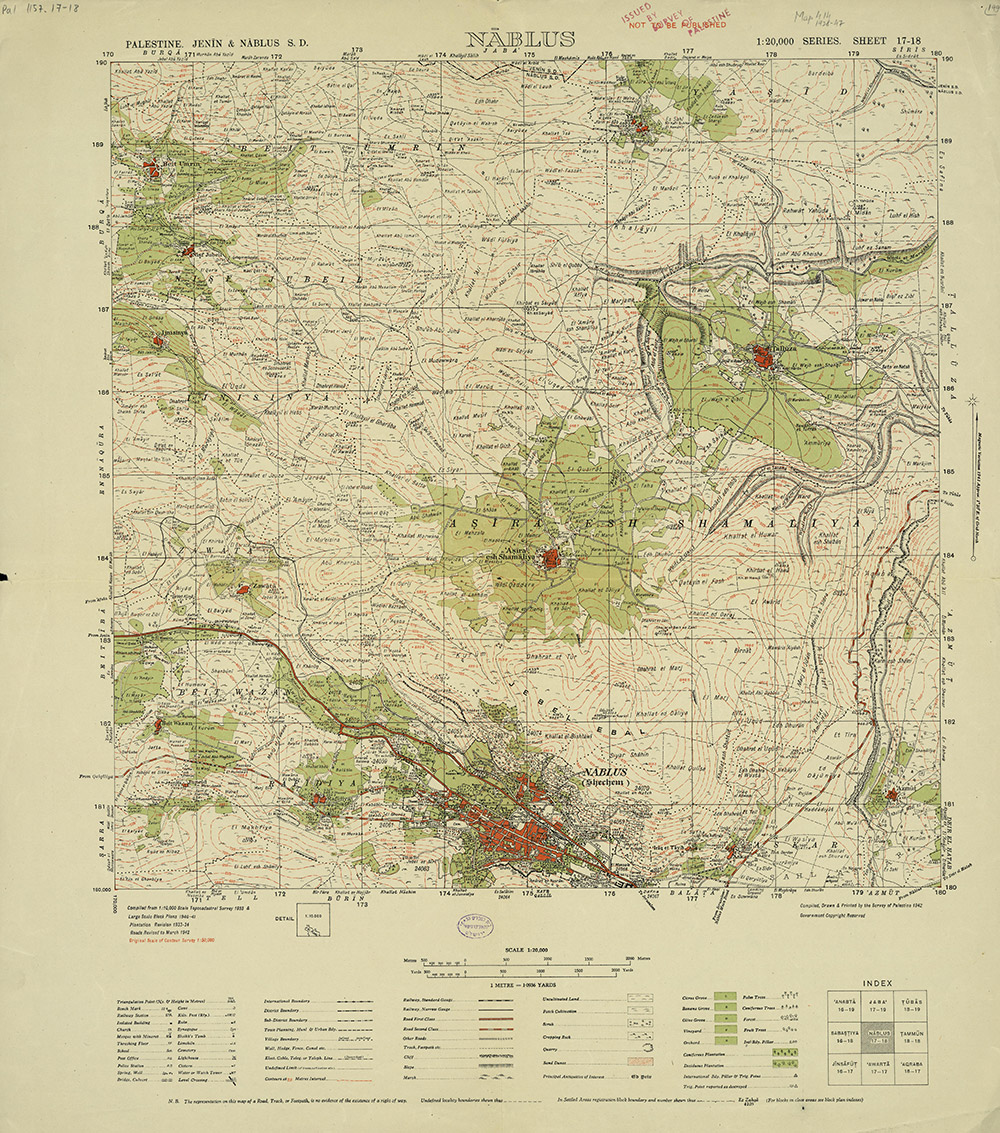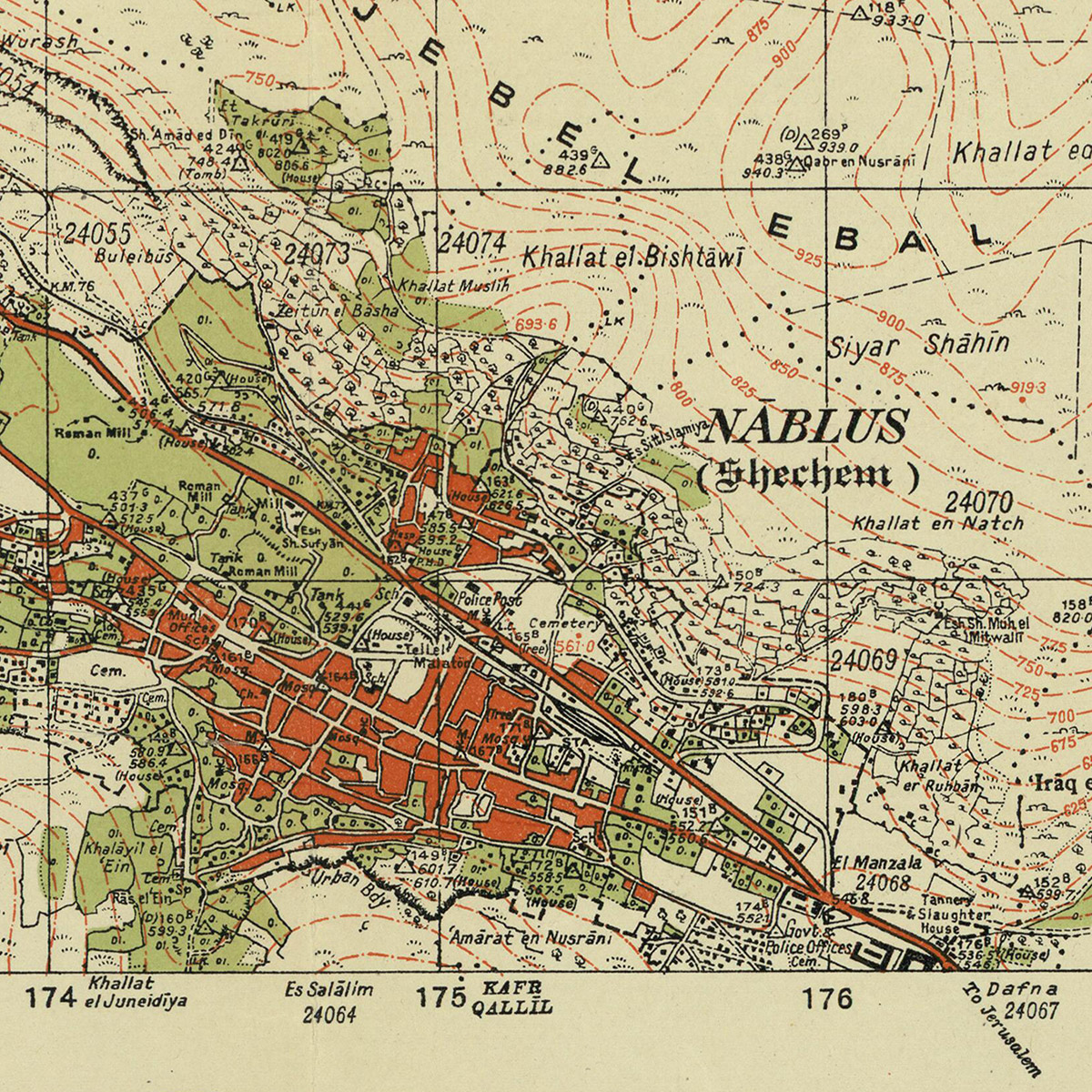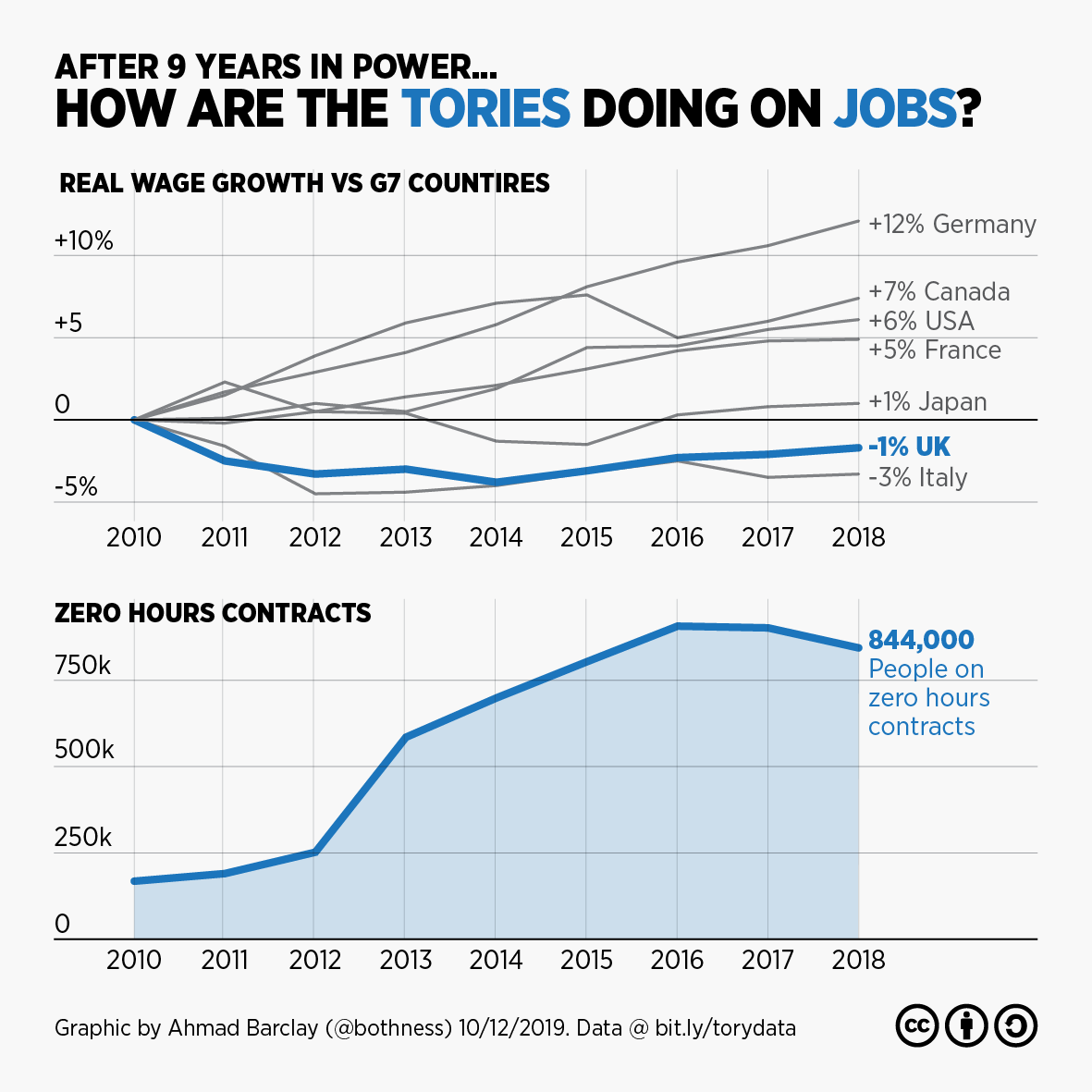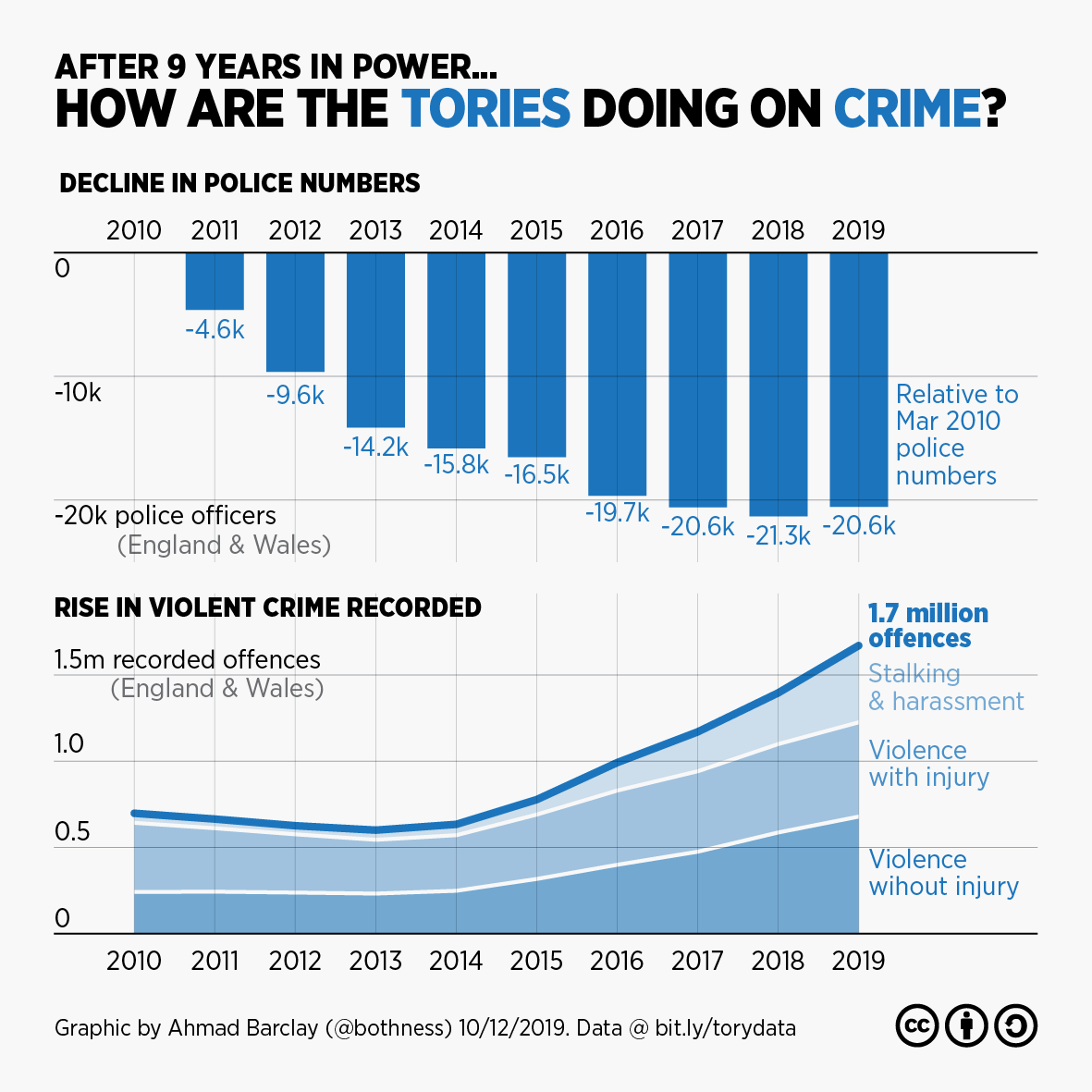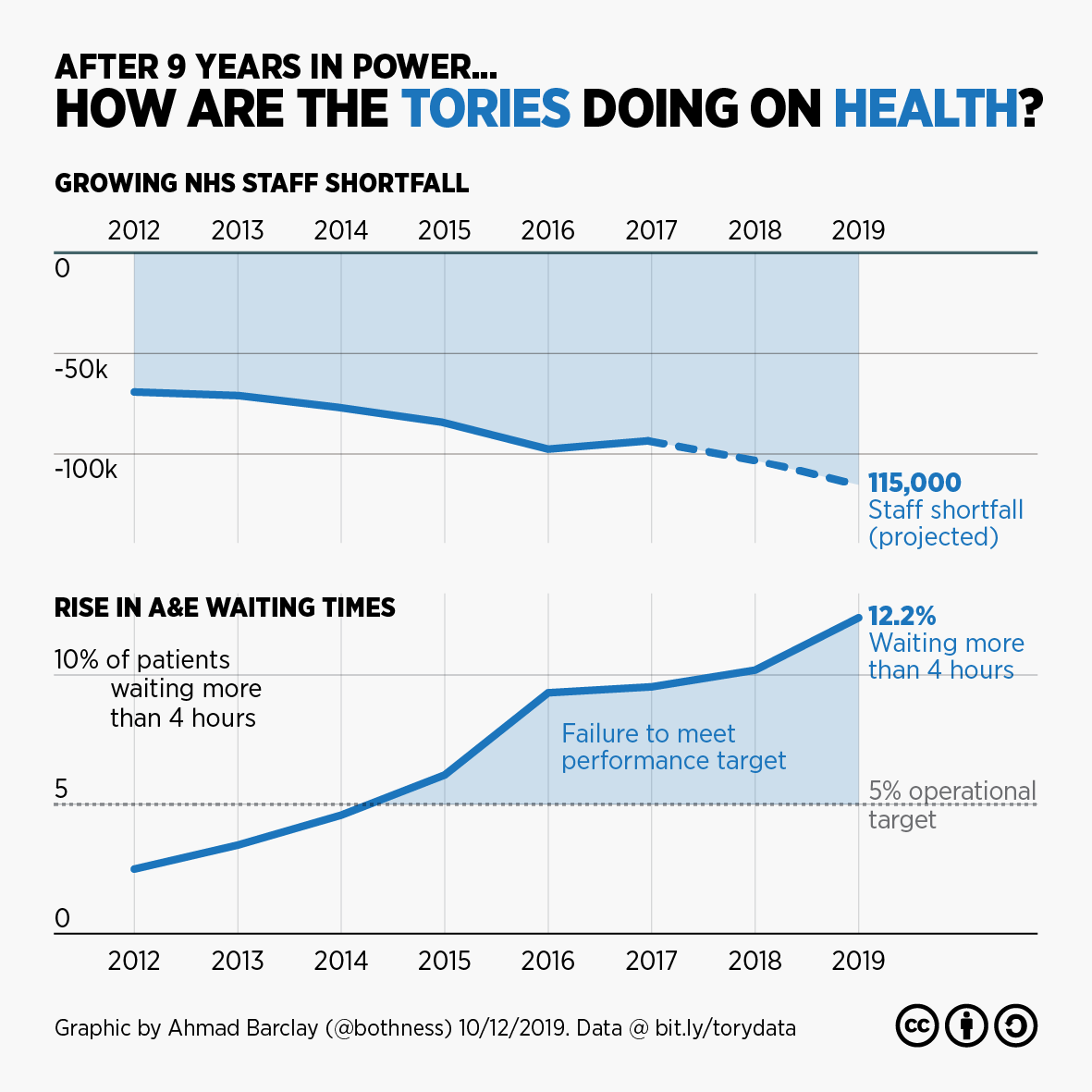
1/ A year ago, @visualizingpal launched #PalestineToday, telling the story of 1,200 historical towns, villages and cities, and highlighting how the #Nakba and the foundation of #Israel in 1948 created the fractured #Palestinian geography that we see today today.visualizingpalestine.org
2/ Looking at the history of the region in this way helps us to put today's events in context. Eg. in "mixed cities" like #Jaffa, #Haifa or #Lydd, where many #Palestinians were forcibly displaced in 1948, and those that remained became an isolated minority today.visualizingpalestine.org/lydda/
3/ In the #GazaStrip, where nearly 70% of the population are refugees originating from towns and villages in what became #Israel, the population of towns and cities like #Gaza, #Rafah and #KhanYounis have increased massively today.visualizingpalestine.org/rafah/
4/ And, of course, the 500+ towns and villages that these #Palestinian refugees were forced to leave behind - like #Lifta, #Lubya, #Salama and #DeirYassin - which have long since been "wiped off the map", though their remains can still be found today.visualizingpalestine.org/lubya/
5/ Meanwhile, in the #WestBank, #Palestinian towns and cities like #Qalqilya, #Salfit and #Hebron have become completely enveloped by #Israeli occupation, illegal settlements and the wall today.visualizingpalestine.org/hebron/
6/ In its totality, #PalestineToday is intended as a tool to help us to tell the story of how a land and its people that have been divided and subjugated by more than a century of #colonisation, #occupation and #apartheid
7/ Tomorrow is #NakbaDay, when the world marks the forced displacement of 750,000+ #Palestinians in 1948. You can use #PalestineToday to share the stories of the places that are meaningful to you. Just select a place and then click "Share the story..." today.visualizingpalestine.org 

8/ Finally, #PalestineToday builds on Palestine Open Maps (#PalOpenMaps), where we've brought together 100s of historical maps of #Palestine and make them navigable and available for download by all palopenmaps.org (shout out to @majdal @creativecommons @fabricatorz)
• • •
Missing some Tweet in this thread? You can try to
force a refresh



